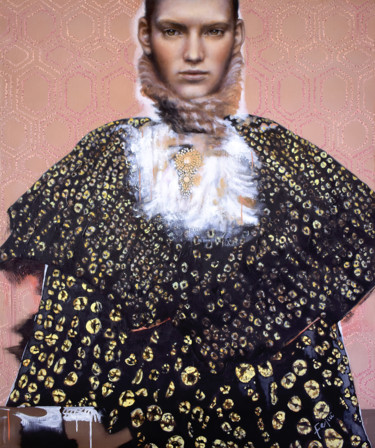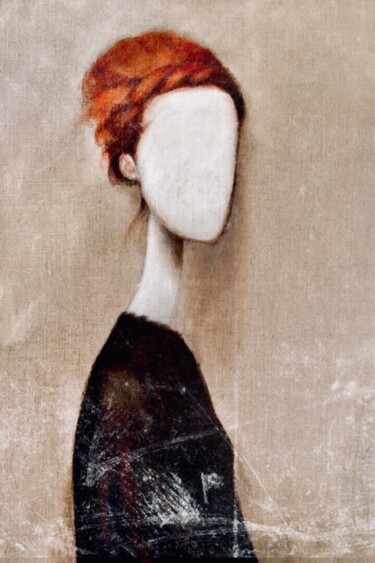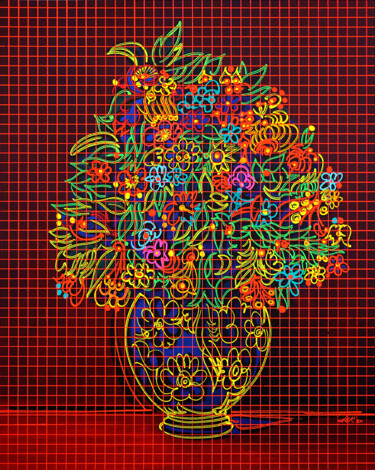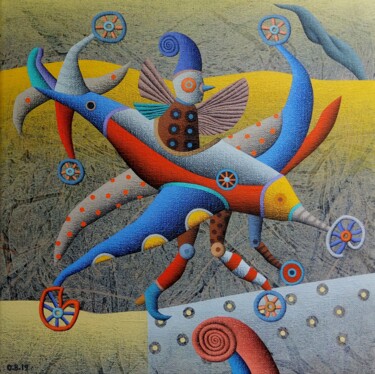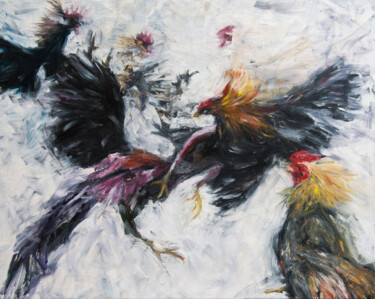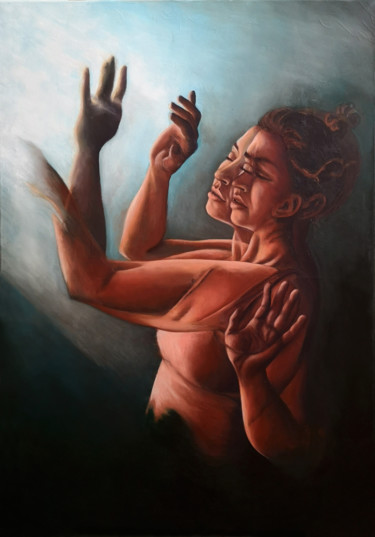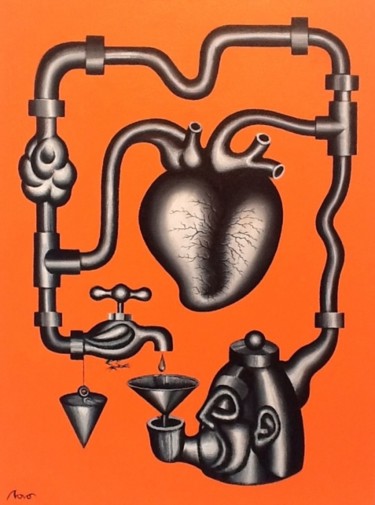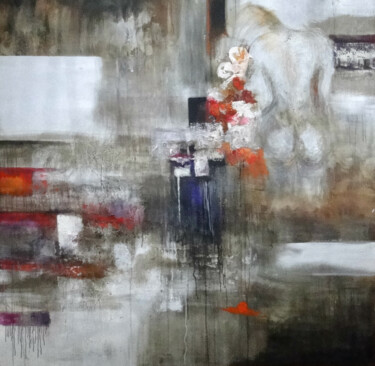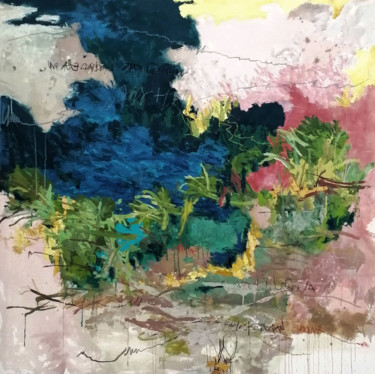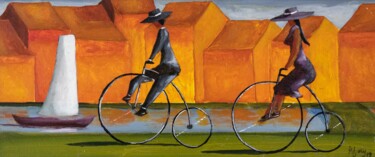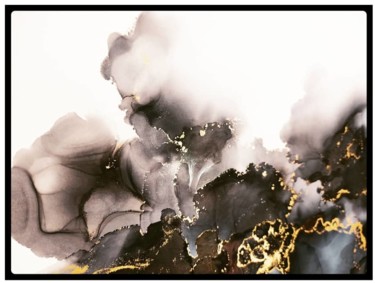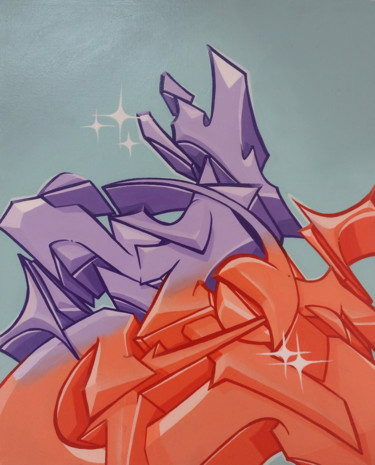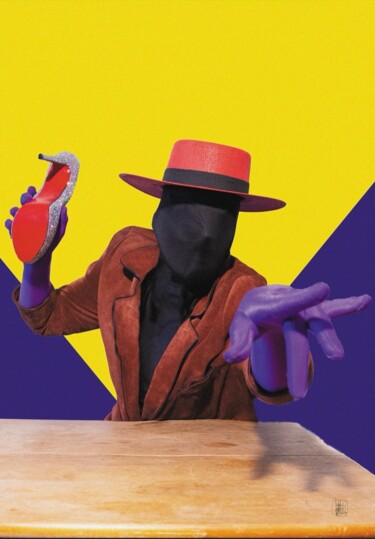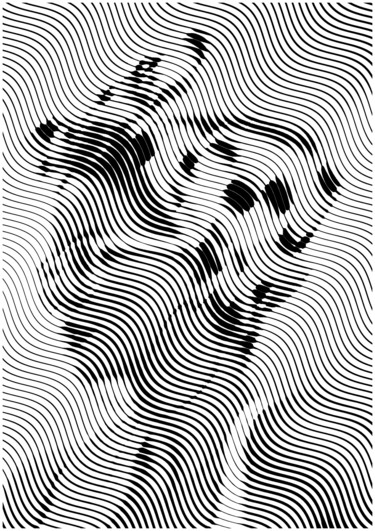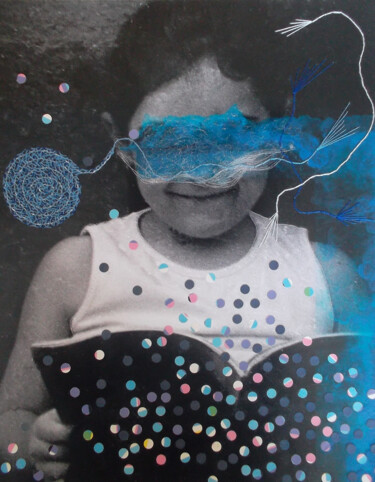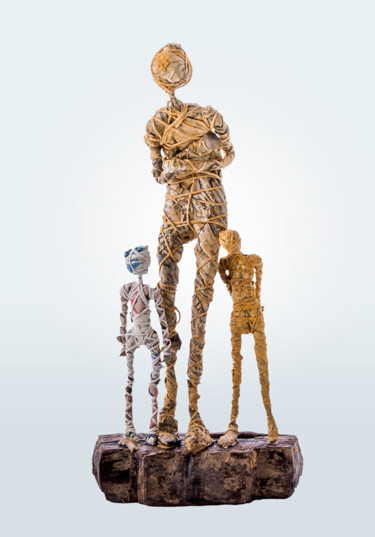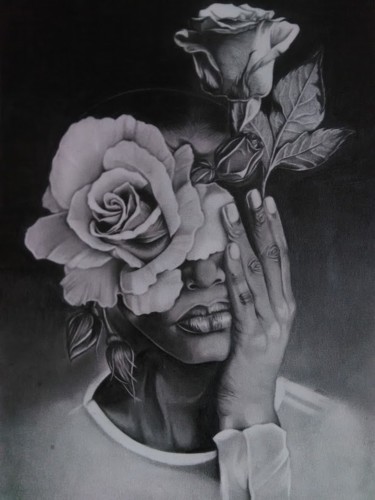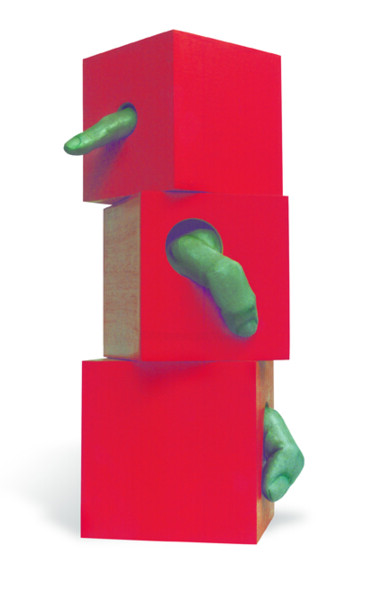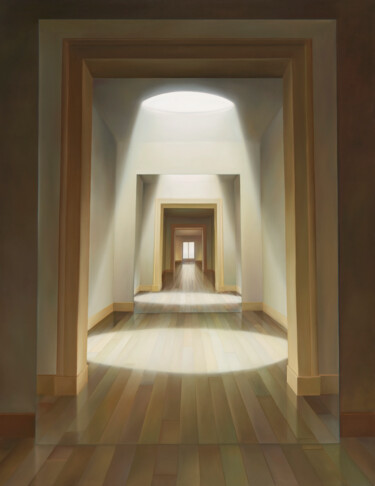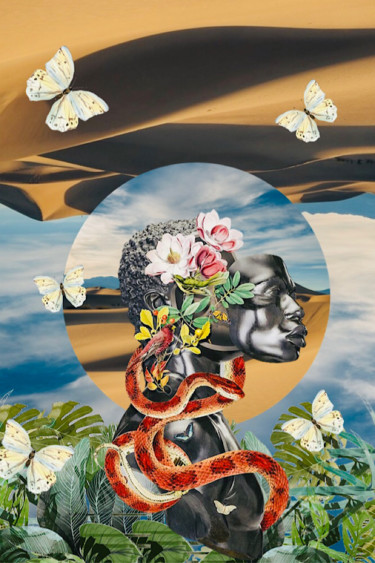Who is Mauro Herlitzka?
Renowned as one of the most prominent art collectors in Latin America, businessman Mauro Herlitzka is deeply committed to fostering the growth and global visibility of the region's art scene. He serves as the Chairman of Fundacion Espigas and oversees its Documentation Center, dedicated to preserving and cataloging historical documents related to the evolution of Argentina's visual arts. As an ardent art enthusiast, he has actively participated in various museum and foundation boards, advocating for Latin American art. He previously held the position of Chairman at arteBA and later served as the institutional director of the Pinta art fair in both New York and London.
More than a collector
Interview with Mauro Herlitzka
When was your initial encounter with the allure of artwork, and when did you embark on your journey as a contemporary art collector?
My fascination with art seems to have been ingrained in me from the very beginning. I had the privilege of growing up in a family of art enthusiasts, which nurtured my innate appreciation for the world of creativity. Initially, I began my collection with a focus on European Baroque art from the 17th century. However, my passion eventually led me to shift my gaze towards the art of Argentina and Latin America, created during my own lifetime. It was a transformative moment, opening up an entirely new realm of exploration for me.
What serves as the primary driving force behind your art collection?
My collecting journey is not solely about acquisition and possession. Allow me to elaborate: In 1992 and 1993, I reached a point where simply amassing artworks felt insufficient. It no longer resonated with me to merely acquire and assemble pieces. At that juncture, I immersed myself in the world of art institutions, which sparked a profound interest in museums, cultural policies, and more. This period marked the inception of Fundación Espigas, a documentation center dedicated to the history of visual arts in Argentina, which I founded.
Do you believe that your engagement in the local art scene has transformed you into more than just an art collector?
The transformation took shape towards the conclusion of the 1980s, particularly in the United States. As a businessman, I grasped the significance of generating value in the realm of production, and I aspired to apply this principle to the cultural and artistic sphere.
What is the primary focus when selecting artists to add to your collection?
My primary focus revolves around Latin American conceptual art from the 1960s and 1970s, as well as contemporary artists who continue in this creative lineage.
How do you perceive the landscape for conceptual art in Latin America?
Initially, it may not have been widely recognized on the international stage, but in recent years, it has steadily gained both symbolic and market value. Prominent public and private art institutions have also begun to embrace conceptual art.
Can you share the approximate number of artworks within your collection?
I have amassed quite a substantial number.
Have you ever considered presenting your art collection to the public?
I haven't done so. For me, being a collector isn't about the destination but rather the journey and the way one engages with the process. For example, in my youth, I collected coins, and when I turned 28, I had the opportunity to exhibit my collection. However, for me, that chapter in my coin collecting journey concluded once I put it on display. The same principle applies to my collection of Italian Baroque art.
Who within the art world serves as a source of inspiration for you?
I draw inspiration from individuals who possess the ability to create not only for their own sake but also for the greater good, including museum proprietors, proactive collectors, and influential figures who have fostered a sense of community through art. To highlight just one among the many, there's the remarkable Ruth Benzacar, the founder of a three-generation family gallery situated in Buenos Aires.
What led to your affiliation with the Henrique Faria Fine Art gallery?
My journey led me to explore the realm of art market valuation in 2004 after my involvement in museums, institutions, and committees. In a sense, a significant portion of art is viewed through the lens of the art market. The art market is transparent, straightforward, and provides an avenue for me to convey clear messages and insights to the public. I'm interested in effecting change from within this narrower margin, and a gallery serves as an active player in this endeavor.
What aspects of the art world are you particularly enthusiastic about in the upcoming year?
I am particularly thrilled about the generous grant that Fundación Espigas has received from the Getty Foundation. This grant will enable us to delve deeper into our research documentation center, focusing on the relationship between Argentina and the Americas.
What advice would you offer to aspiring young collectors who are new to the art scene?
I would advise them to read extensively, travel, and immerse themselves in art experiences. Art fairs are just the tip of the iceberg when it comes to the art world. Young collectors, especially those from business backgrounds, should apply analytical methods to the art they acquire in order to expand its symbolic value, not merely its market value.
In your perspective, how do you foresee the development of the art scene in Argentina in the near future?
I believe there will be significant advancements, particularly with the enactment of a new law that encourages private support for the arts.
There seems to be a growing trend of private museums. Do you believe it is essential to establish a private museum in today's context?
To cultivate a sense of cultural engagement in our contemporary society, it is vital for collectors to actively participate in both private and public museums. Museums should not only house impressive art collections but also contribute to the dissemination of art knowledge and enrich their relationships with society.
What has been your most joyful moment or experience in your involvement with the world of art?
Every moment of it. Art has been a faithful and enriching companion throughout my life journey.


 Selena Mattei
Selena Mattei
